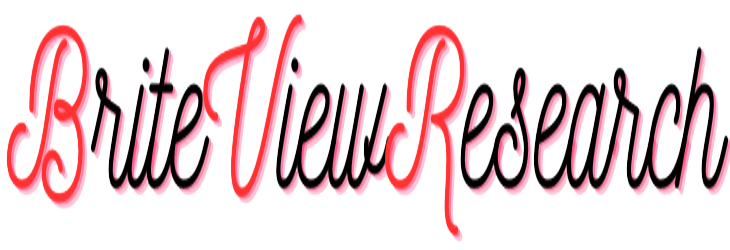The parenteral packaging market can be segmented based on material and product type. Segmentation helps to identify specific market needs and preferences, enabling manufacturers to develop targeted marketing strategies and offer customized packaging solutions. Here is an overview of the parenteral packaging market segmentation by material and product type:
Segmentation by Material:
- Glass: Glass is a popular material for parenteral packaging, offering several advantages such as high chemical resistance, transparency, and inertness. Glass vials and ampoules are commonly used for packaging injectable drugs, offering excellent protection against contamination and ensuring the stability of the drug.
- Plastic: Plastic is another popular material for parenteral packaging, offering several advantages such as flexibility, durability, and cost-effectiveness. Plastic materials such as polypropylene (PP) and polyethylene (PE) are commonly used for the production of prefilled syringes, cartridges, and other innovative packaging solutions.
- Others: Other materials such as metal and rubber are also used in the parenteral packaging market, offering specific advantages such as high mechanical strength and chemical resistance.
Segmentation by Product Type:
- Vials: Vials are the most commonly used product type in the parenteral packaging market, offering excellent protection against contamination and ensuring the stability of the drug. Glass vials are widely used in the market, while plastic vials are gaining popularity due to their flexibility and cost-effectiveness.
- Prefilled Syringes: Prefilled syringes are emerging as a popular product type in the parenteral packaging market, offering several advantages such as convenience, ease of use, and improved safety. Prefilled syringes are commonly used for the packaging of vaccines, insulin, and other injectable drugs.
- Cartridges: Cartridges are another innovative product type in the parenteral packaging market, offering several advantages such as reduced waste, improved accuracy, and ease of use. Cartridges are commonly used for the packaging of biologics, vaccines, and other high-value drugs.
- Bags: Bags are another product type in the parenteral packaging market, offering several advantages such as flexibility, cost-effectiveness, and ease of storage. Bags are commonly used for the packaging of large volumes of intravenous (IV) solutions and other liquid medications.
In conclusion, the parenteral packaging market segmentation by material and product type offers a comprehensive understanding of the market needs and preferences. Manufacturers that offer customized packaging solutions based on the specific needs of customers are likely to gain a competitive edge in the market and capitalize on the opportunities presented by this rapidly growing industry.
Disclaimer: The views, suggestions, and opinions expressed here are the sole responsibility of the experts. No Brite View Research journalist was involved in the writing and production of this article.
